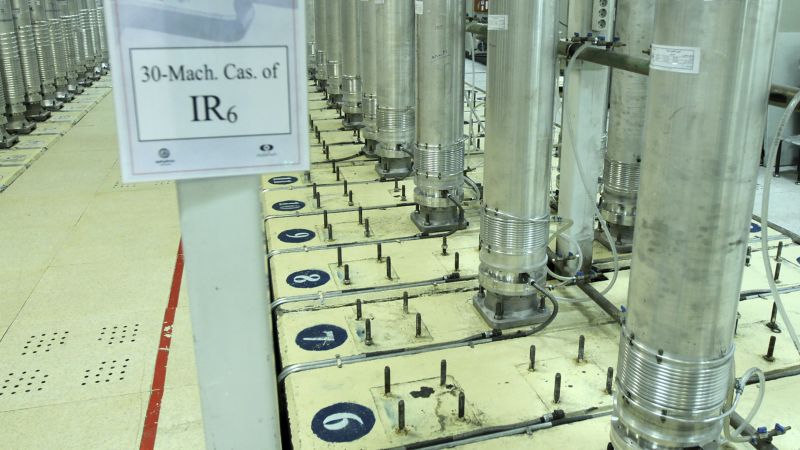US Strikes Major Iranian Nuclear Sites Amid Escalating Tensions: What’s Next?
The geopolitical landscape around Iran is growing increasingly volatile as tensions flare in the wake of a significant military offensive. President Donald Trump announced on Truth Social that the U.S. has targeted three key nuclear sites in Iran as the conflict with Israel escalates. This development raises critical questions about the future of nuclear policy in the region and the potential consequences of military action.
Trump claimed that the sites at Fordow, Isfahan, and Natanz had been “completely and totally obliterated.” However, Iranian officials have downplayed the attacks’ impact. One Iranian lawmaker described the incident as “superficial,” indicating that the Fordow site, in particular, remained largely intact.
As the dust settles, Iranian Foreign Minister Hossein Amir-Abdollahian warned that the U.S. strikes would have “everlasting consequences.” In response, Trump cautioned that any Iranian retaliation would be met with decisive force. This back-and-forth has left observers uneasy about where the situation is headed.
Here’s a closer look at the three nuclear sites at the center of this brewing conflict: Fordow, Natanz, and Isfahan, all pivotal in Iran’s nuclear ambitions.
The Fordow Enrichment Facility
Located about 250 kilometers (approximately 150 miles) south of Tehran, Fordow is one of Iran’s most secretive nuclear sites. Experts have described it as heavily fortified, buried deep within mountains to shield it from military strikes. The facility is estimated to be 80 to 90 meters (around 262 to 295 feet) underground, making it particularly challenging to neutralize from the air.
- Function: The Fordow facility converts enriched uranium into weapons-grade material.
- Current Status: Recent IAEA reports suggest that Fordow has ramped up production to 60% enrichment, with around 2,700 centrifuges in operation.
- Potential Risk: Iran could potentially convert this stock of 60% enriched uranium into 233 kg of weapons-grade uranium within three weeks.
Natanz Nuclear Facility
Natanz is known to be Iran’s largest uranium enrichment plant and has been operational since 2003. This facility features nearly six above-ground buildings and three underground structures, with some designed to house as many as 50,000 centrifuges. The sprawling site has previously been targeted in military operations, most notably during Israel’s campaign against Iranian nuclear sites.
- Current Activities: Natanz has enriched uranium to a purity of 60%, though weapons-grade uranium is typically enriched to 90%.
- Impact of Recent Strikes: Earlier attacks reportedly disrupted electricity to lower levels, affecting the functionality of many underground centrifuges.
The Isfahan Research Complex
Centrally located in Iran, Isfahan houses the country’s largest nuclear research complex, which has been pivotal in advancing Iran’s nuclear capabilities. Established with assistance from China, Isfahan includes various facilities including research reactors, a conversion facility, and a fuel production plant.
- Size and Employment: Around 3,000 scientists are reported to be working at Isfahan, underscoring its importance as a hub for Iran’s nuclear efforts.
- Capabilities: The facility operates three small research reactors and is believed to be a key center in Iran’s nuclear program.
Implications and Future Outlook
The recent strikes on Iran’s nuclear facilities have stoked fears of a larger military conflict in the region. With Iran threatening consequences for the U.S. actions and the potential for retaliation looming, experts caution that this escalation could spiral out of control.
As of now, it remains unclear how significantly the U.S. strikes have impacted Iran’s nuclear ambitions. Much will depend on the Iranian response and whether additional military action follows. For the international community, the stakes could not be higher, as the very future of nuclear non-proliferation in the Middle East hangs in the balance.





